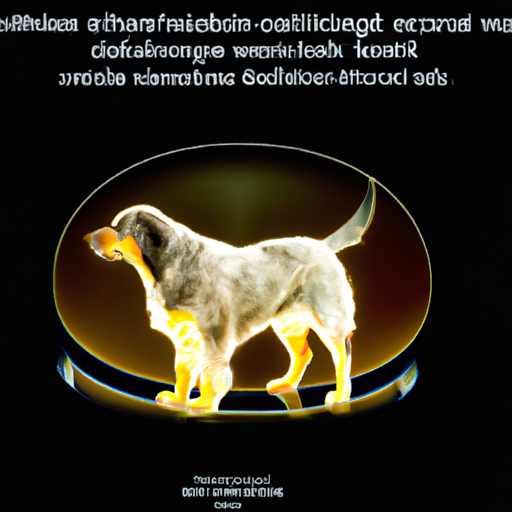As a caregiver, it’s crucial to understand your furry friend’s health and wellbeing. Today, we’re diving into a common canine condition known as Cushing’s disease, its symptoms, causes, diagnosis, treatment, and more.
Understanding Cushing’s Disease
Cushing’s disease, or hyperadrenocorticism, is a condition where your dog’s body produces too much of the hormone cortisol. Cortisol helps your dog respond to stress, control weight, fight infections, and keep blood sugar levels in check. However, an excess of this hormone can lead to several health problems.
Your dog’s adrenal glands, located near the kidneys, produce cortisol. Two types of Cushing’s disease can cause these glands to overproduce cortisol:
- Pituitary-dependent – This type is more common and occurs when a benign tumor in the pituitary gland produces too much of a hormone that stimulates the adrenal glands.
- Adrenal-dependent – This type, less common, is caused by a tumor in one of the adrenal glands themselves.
Recognizing the Symptoms of Cushing’s Disease
Cushing’s disease can be hard to recognize because its symptoms are similar to those of other conditions and can be gradual. However, some signs might indicate your dog is suffering from this condition:
- Increased thirst and urination
- Increased appetite
- Skin infections
- Thinning hair
- Pot-bellied appearance
- Lethargy or decreased activity level
As a caregiver, you must keep an eye on these symptoms to ensure your dog’s wellbeing.
Diagnosing Cushing’s Disease
If you suspect your dog might have Cushing’s disease, your vet will likely perform several tests to confirm the diagnosis. These tests may include:
- Blood and urine tests
- Ultrasound of the abdomen
- Hormone testing
The table below highlights the purpose of each test:
| Test | Purpose |
|---|---|
| Blood and urine tests | To check for high levels of cortisol |
| Ultrasound | To look for tumors in the adrenal glands |
| Hormone testing | To confirm the presence of excessive hormones |
Treating Cushing’s Disease
Once diagnosed, your dog’s treatment will depend on the type and severity of Cushing’s disease.
- Medication: Your vet may prescribe drugs to decrease the production of cortisol or reduce the size of the tumor causing the overproduction.
- Surgery: If your dog has an adrenal tumor, surgery might be an option. However, this is considered a last resort due to potential complications.
It’s essential to remember that while Cushing’s disease can be managed, it usually cannot be cured. Regular check-ups with your vet are vital to monitor your dog’s condition.
Frequently Asked Questions
Can Cushing’s disease in dogs be cured?
While Cushing’s disease can be managed, it usually cannot be cured. However, with proper management, your dog can lead a comfortable life.
How long can a dog live with Cushing’s disease?
With appropriate treatment, dogs with Cushing’s disease can live for several years. However, each dog is different, so it’s essential to discuss this with your vet.
Can Cushing’s disease cause pain in dogs?
While Cushing’s disease itself is not typically painful, the symptoms it causes, like joint problems and skin infections, can cause discomfort.
Remember, as a caregiver, your role is crucial in ensuring your dog’s health and happiness. Stay informed, and don’t hesitate to reach out to your vet when you notice any unusual signs in your dog’s behavior or appearance.



